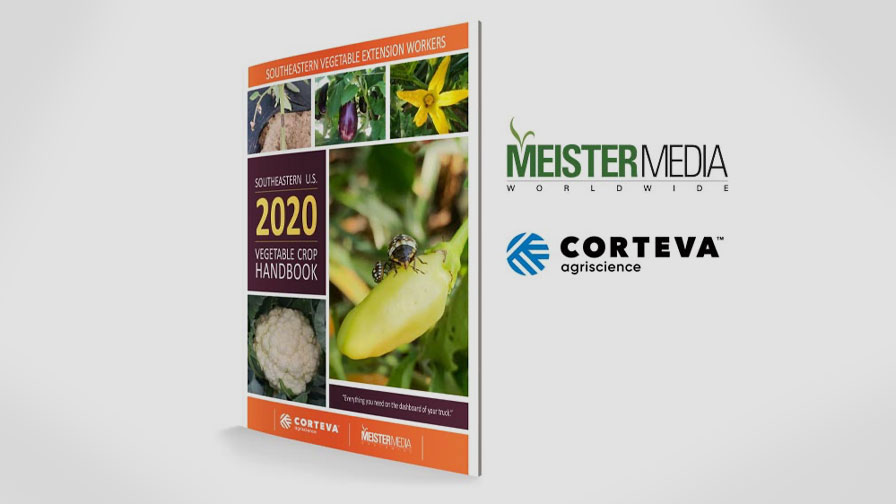November Cold May Hurt Washington Orchards
Washington’s mid-November cold snap came with well-below-normal temperatures across the central and eastern parts of the state, recalling similar events in 1955 and 1985.
However, it is too early to know for certain the extent of 2014 fruit tree mortality, according to AgWeatherNet director Gerrit Hoogenboom and meteorologist Nic Loyd.
A web-based, publicly available system, AgWeatherNet provides access to near-real-time weather data and value-added products from Washington State University’s statewide weather network, along with decision aids for agricultural producers and other users.
The early season arctic outbreak was particularly notable given the rapid transition from persistent above-normal temperatures for most of the 2014 growing season.
High temperatures fell from the 60s and 70s to the 20s and 30s in just a few days. Low temperatures plummeted from the 30s and 40s in early November to the teens and upper single digits by mid-month.
Although unusual, the cold temps were hardly unprecedented for the area.
Using data from the Yakima Airport’s Western Regional Climate Center, the November cold snap can be compared to two other historic November cold events, one in 1955 and one in 1985.
The coldest temperature in Yakima during this arctic blast was 8 degrees. But a -3 °F degree reading was recorded on Nov. 15, 1955 and one of -13 °F degrees on Nov. 23, 1985.
Daily high temperatures at Yakima reached only 15 °F and 9 °F degrees, respectively, on Nov. 13, 1955 and Nov. 26, 1985.
In the aftermath of the 1955 and 1985 events, fruit orchards around central Washington experienced cold-induced tree mortality. It’s too early to know for certain the extent, if any, of 2014 tree mortality.
In fact, it is a positive sign that temperatures during the historic 1955 and 1985 early season cold were much lower than mid November 2014 in terms of both the absolute lowest temperatures and the duration of cold.
But potential risks from the recent early arctic outbreak should be closely monitored.
Source: Washington State University









